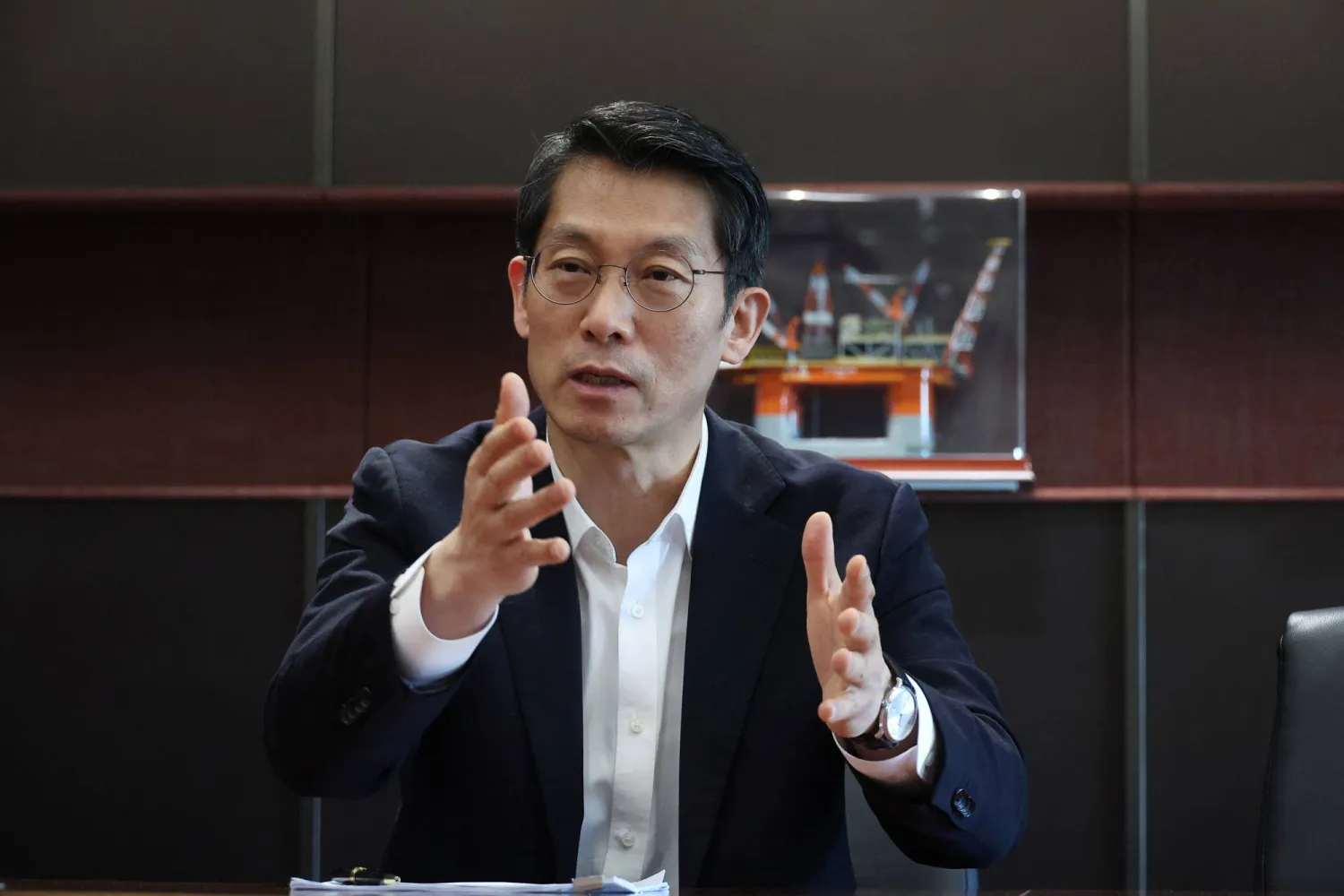The Abu Dhabi National Oil Company, ADNOC, announced today that Abu Dhabi Pension Fund, ADPF, and ADQ, one of the region’s largest holding companies, will invest AED7.7 billion (US$2.1 billion) into ADNOC gas pipeline infrastructure assets.
Under the terms of the agreement, ADNOC will divest 20% in ADNOC Gas Pipelines HoldCo LLC, a wholly owned ADNOC entity that holds 100% of ADNOC’s interest in ADNOC Gas Pipeline Assets LLC (ADNOC Gas Pipelines), to ADPF and ADQ.
ADNOC Gas Pipelines is a subsidiary of ADNOC with lease rights to 38 gas pipelines covering a total of 982 kilometers.
In July 2020, a consortium of global investors, comprising Global Infrastructure Partners, Brookfield Asset Management, Singapore’s sovereign wealth fund GIC, Ontario Teachers’ Pension Plan Board, NH Investment & Securities and Snam (the Consortium), invested $10.1 billion for a collective 49% stake in the same select ADNOC gas pipeline infrastructure assets, state news agency WAM reported.
For his part, UAE Minister of Industry and Advanced Technology and ADNOC Group CEO welcomed the partnership with both Abu Dhabi Pension Fund and ADQ.
"Joining our global investor consortium partners in this landmark energy infrastructure investment, the addition of these high-caliber UAE investors sets a new benchmark for leading global and domestic institutional investors to deploy long-term equity capital into key ADNOC energy infrastructure assets," said Sultan Al Jaber.
Also, Khalaf Abdullah Rahma Al Hammadi, Director General of Abu Dhabi Pension Fund said: "The Fund is keen to implement the directives of the UAE’s wise leadership and achieve the Abu Dhabi government's vision aimed at building strong partnerships between major national institutions to support the national economy and achieve the highest possible benefits."
Since announcing the expansion of its partnership and investment model and the more proactive value management of its assets and capital in 2017, ADNOC has entered the debt capital markets for the first time, issuing a $3 billion bond backed by the Abu Dhabi Crude Oil Pipeline.
ADNOC also recently closed innovative investment partnerships with leading global institutional investors and operators in both its oil and gas pipelines and non-oil and gas strategic infrastructure.







